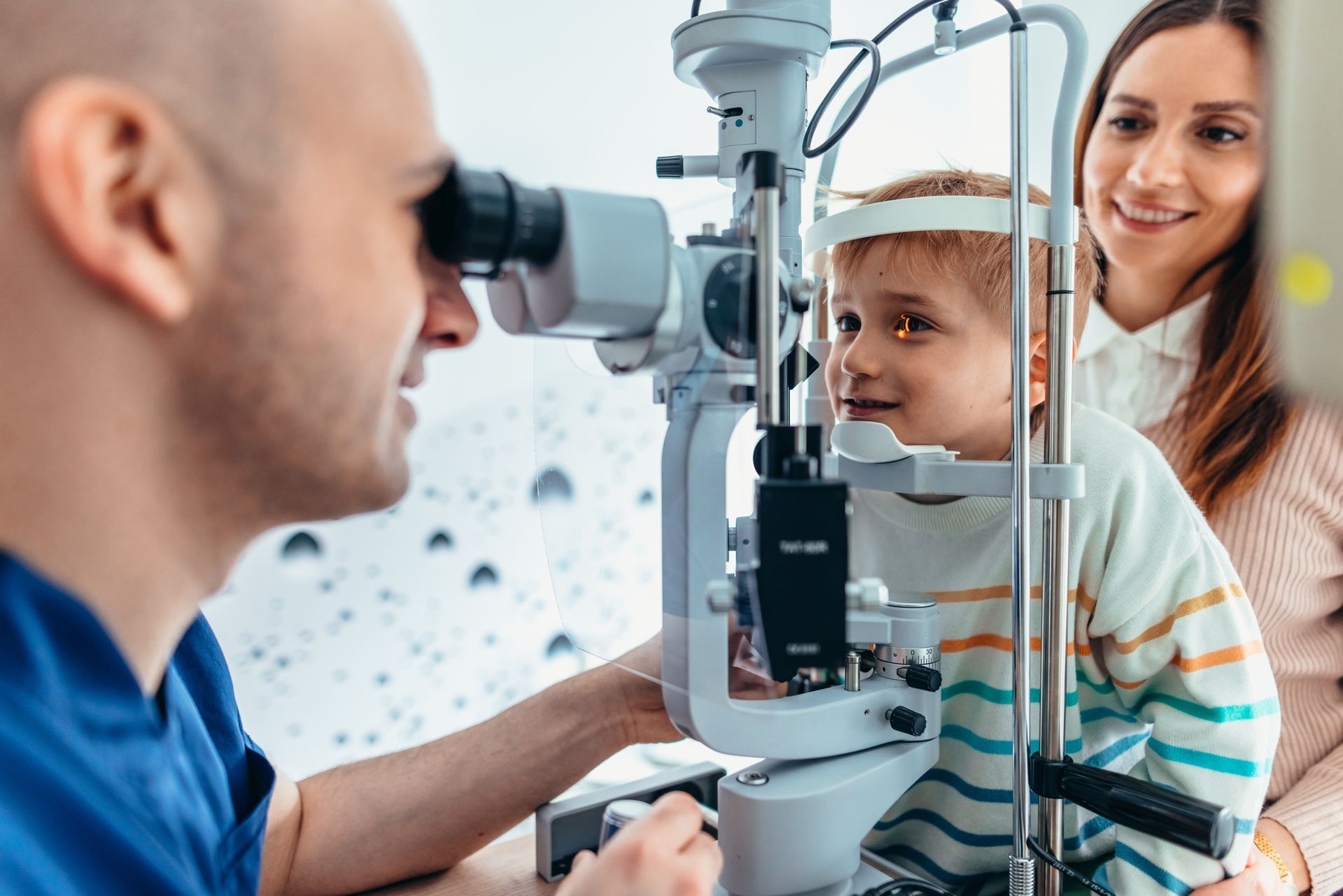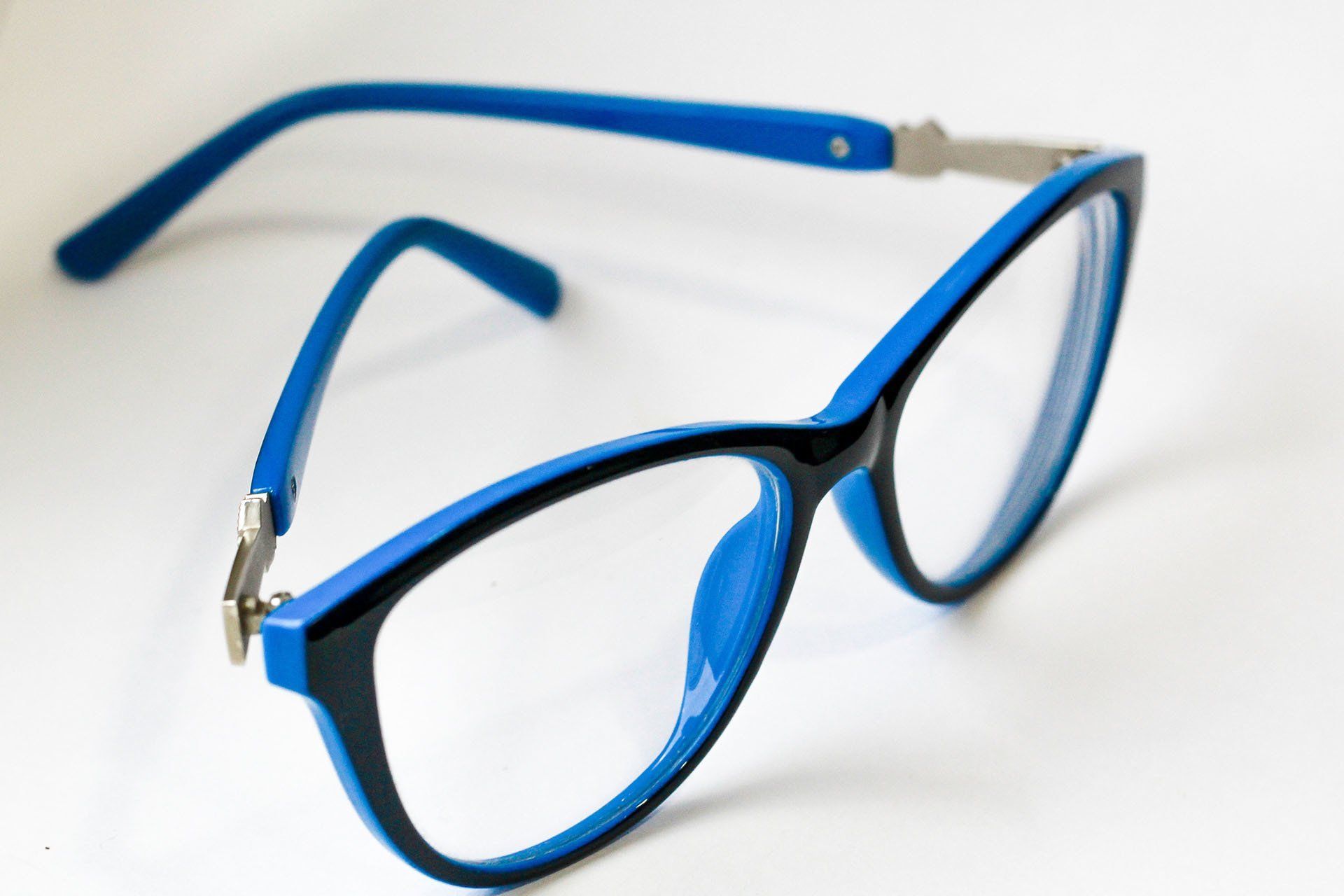Beware of Autumn Threats to Your Eye Health

Year-round eye care is essential to protect your vision from eye disease and injury. The autumn season is no exception; therefore, it helps to know what dangers to your eyes lurk in the crisp autumn air. Weed Pollen Avoid eye allergy symptoms such as red, swollen, itchy eyes, tearing, and sensitivity to light by minimizing your exposure to the air outside. Keep the windows in your home and vehicle closed, especially when the weather is damp and rainy. Since late summer into fall is the season for weed allergies - particularly ragweed - keep windows closed during the early morning hours when weeds release pollen. If you like to let fresh air in from the outside, open windows for a while in the mid-afternoon when conditions are driest. Autumn UV Danger Shorter daylight hours are a sure sign of fall, but that doesn't mean you no longer have to shield your eyes from the UV rays of the sun. Wear sunglasses when you are outdoors, even on cloudy days when ultraviolet radiation can still get through. Like your skin, it's important to protect your eyes from UV exposure yearround. Although age is a major risk factor for cataracts, research suggests that UV rays from the sun may contribute to getting cataracts. Benign growths on the eye, such as pinguecula and pterygium, also are related to exposure to the sun's UV rays. Pinguecula is a yellowish spot on the conjunctiva, or clear mucous membrane that covers the front part of the eye. Although the condition doesn't affect your vision, it can develop into a pterygium - a pink, fleshy growth that can cause blurry vision if it grows over the cornea and covers your pupil. While symptoms of a pterygium generally are mild, in rare cases, scarring on the cornea can occur. Severe scarring can lead to vision loss. Cold and Flu Viruses While fall is the start of the cold and flu season, hand washing helps prevent the spread of viruses and bacteria. If you touch or rub your eyes with hands contaminated with germs, you may end up with conjunctivitis. Also known as pink eye, conjunctivitis spreads easily, but symptoms usually are mild. If your eye gets infected with a virus or bacteria, inflammation of the conjunctiva swell blood vessels, making the white of the eye look pink or red. Your eye may be watery and feel itchy or burning. Severe cases of pink eye can cause pain and blurred vision in the infected eye. Autumn-Related Eye Injuries Make it a habit to wear safety goggles to protect your eyes when raking leaves and performing other yard cleanup chores this fall. Flying debris, including that propelled by power lawn equipment, can cause eye injury. Dust, dirt, and debris that leaf blowers blow around can get in your eyes and scratch the cornea. A corneal abrasion is a common type of eye injury that can cause pain, light sensitivity, and blurred vision. Mild corneal abrasions usually heal within a day or two. However, deep abrasions can lead to permanent corneal scars, which may require a corneal transplant. Falls are another common cause of serious eye injuries. Slipping and falling on wet leaves may result in a hard blow that can damage the eye or muscles within the eye socket. A severe injury can even break the bones around the eye. Symptoms of an eye socket fracture vary depending on the severity and what part of the eye is involved but often include swelling, a black eye, and bleeding on the white of the eye. Blurry vision, double vision, or decreased vision can also occur in addition to trouble moving the injured eye up, down, or sideways. Poor Nutrition Diets deficient in certain nutrients can lead to vision problems like cataracts and macular degeneration regardless of the season. Foods that contain vitamins A and C, lutein, zinc, and omega-3 fatty acids help improve eye health. If you experience signs of vision problems related to these or other causes, contact Fraser Optical to schedule a full eye exam.









